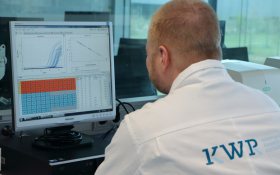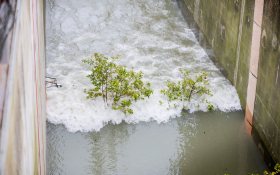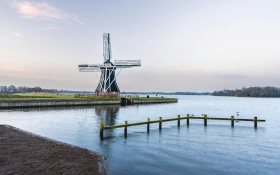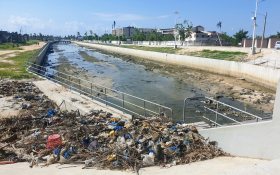Witteveen+Bos to do feasibility study into bypass Itaipu dam, Brazil
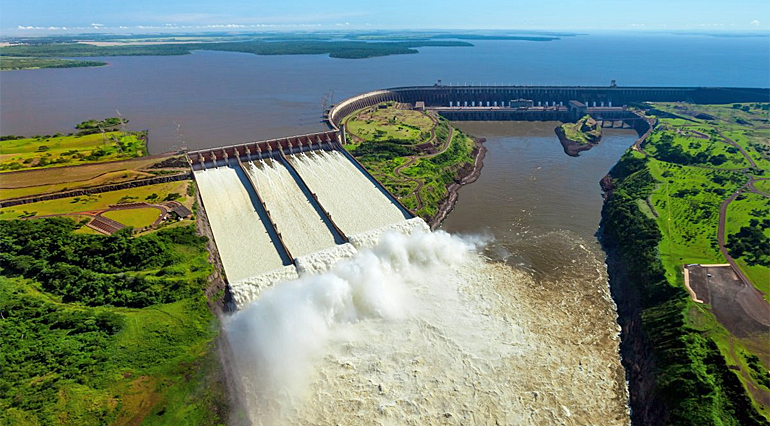
Management company Itaipu Binacional has commissioned consultancy firm Witteveen+Bos to conduct a feasibility study for a bypass channel for shipping traffic passing the Itaipu Dam – one of the world’s largest hydroelectric dams, located on the border between Brazil and Paraguay.
The study focuses on bridging a height difference of 125 metres, using three or four locks, and comprises a technical design, an analysis of the environmental and social impact, and an economic cost-benefit analysis. The study also covers factors that determine the project’s social impact, such as stakeholder interests and environmental aspects.
The results of the study are expected to become available late July 2018.
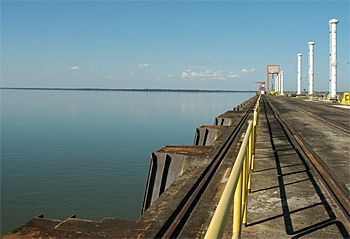 Lake of Itaipu, as seen upstream of the 196 metres high dam..
Lake of Itaipu, as seen upstream of the 196 metres high dam..
Unparalleled capacity
The Itaipu Dam powers the world’s largest hydroelectric plant, which has an unparalleled capacity for the generation of renewable energy.
The dam is 7.7 kilometres long and its hydroelectric turbines generated 103 MWh of renewable energy in 2016, sufficient to meet 75 percent of the national energy demand of Paraguay and 17 percent of the total energy needs of Brazil.
Complex sustainability issues
To accommodate an increase in traffic over the past ten years, Itaipu Binacional decided to conduct a feasibility study into a bypass channel for shipping traffic near the Itaipu Dam.
Witteveen+Bos project manager Paul Ravenstijn: ‘We want to combine sustainable water management and energy generation with sustainable transport and economic development.’
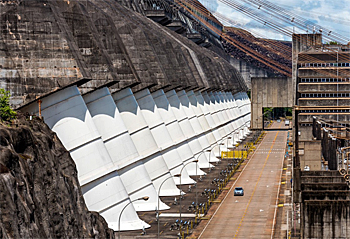 Seen on the downstream side, are the water pipes that feed 20 turbines, producing around 100 TWh electricity per year.
Seen on the downstream side, are the water pipes that feed 20 turbines, producing around 100 TWh electricity per year.
Key solutions
According to Ravensteijn rivers constitute vulnerable ecosystems, but they can provide key solutions for climate-related and environmental problems connected to energy production, food security and mobility.
‘This makes our feasibility study a complex undertaking that requires specialised expertise’, Ravensteijn explains.
Wittenveen+Bos therefore teamed up with Dutch maritime research institute Marin to investigate nautical feasibility using fast-time.
For making transport forecasts, it joined forces with specialist STC-Nestra/Gistran.
This news item was originally published on the website of Witteveen+Bos.
Read also on this website
● Witteveen+Bos presents road map to revitalise canals in Alappuzha, India, 25 November 2016
● Witteveen+Bos to investigate feasibility of hydro power in Sierra Leone, 28 July 2016
● Arcadis wins extension of management contract São Francisco River Integration Project, Brazil, 11 February 2014
● Country: Brazil
More information
Witteveen+Bos
Deventer, the Netherlands
+31 570 69 79 11
www.witteveenbos.com
